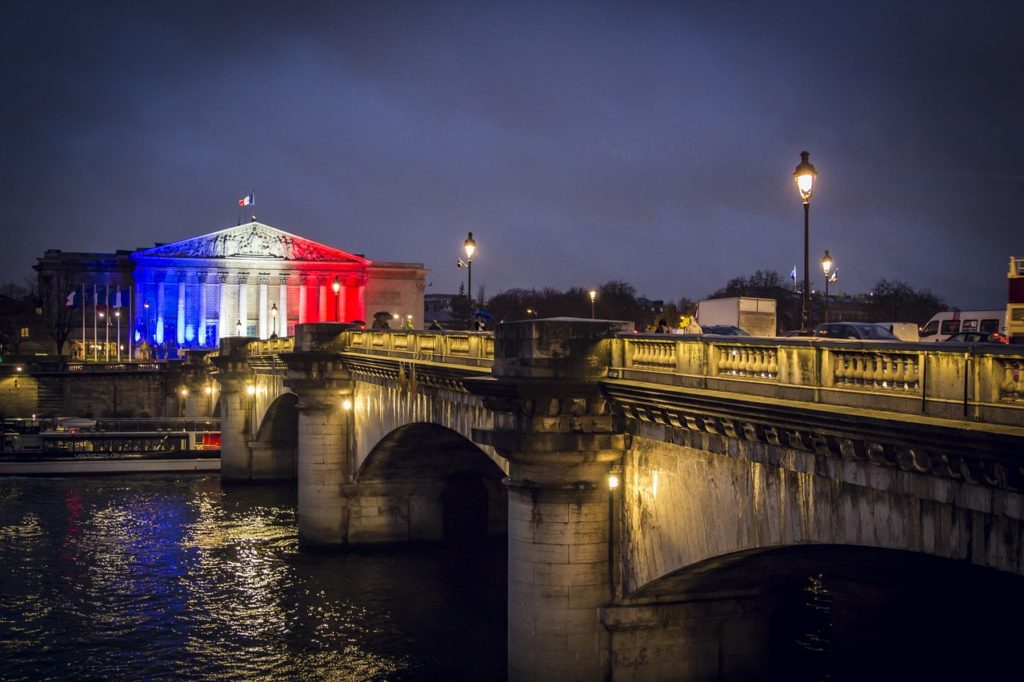- AQUALUNG: a breathing apparatus that supplied oxygen to divers and allowed them to stay underwater for several hours. It was invented in 1943 by Jacques-Yves Cousteau.
- BAROMETER: a device that measures air (barometric) pressure. It measures the weight of the column of air that extends from the instrument to the top of the atmosphere. There are two types of barometers commonly used today, mercury and aneroid (meaning “fluidless”). Earlier water barometers (also known as “storm glasses”) date from the 17th century. The mercury barometer was invented by the Italian physicist Evangelista Torricelli.
- BATTERY: a device that converts chemical energy into electrical energy. Each battery has two electrodes, an anode (the positive end) and a cathode (the negative end). An electrical circuit runs between these two electrodes, going through a chemical called an electrolyte (which can be either liquid or solid). This unit consisting of two electrodes is called a cell (often called a voltaic cell or pile). It was invented by Alessandro Volta.
- BICYCLE: a wooden scooter-like contraption called a celerifere; it was invented about 1790 by Comte Mede de Sivrac of France.
- ELECTRIC IRON: The electric iron was invented in 1882 by Henry W. Seeley
- MAYONNAISE: invented in France hundreds of years ago, probably in 1756 by the French chef working for the Duke de Richelieu, The first ready-made mayonnaise was sold in the US in 1905 at Richard Hellman’s deli in New York.
- METER (and the METRIC SYSTEM): Was invented in France. In 1790, the French National Assembly directed the Academy of Sciences of Paris to standardize the units of measurement. A committee from the Academy used a decimal system and defined the meter to be one 10-millionths of the distance from the equator to the Earth’s Pole (that is, the Earth’s circumference would be equal to 40 million meters). The committee included the mathematicians Jean Charles de Borda (1733-1799), Joseph-Louis Comte de Lagrange (1736-1813), Pierre-Simon Laplace (1749-1827), Gaspard Monge (1746 -1818), and Marie Jean Antoine Nicholas Caritat, the Marquis de Condorcet (1743-1794).
- PENCIL: invented in 1564 when a huge graphite (black carbon) mine was discovered in England. The pure graphite was sawn into sheets and then cut into square rods. The graphite rods were inserted into hand-carved wooden holders, forming pencils.
Online French lessons for kids: dinolingo.com


